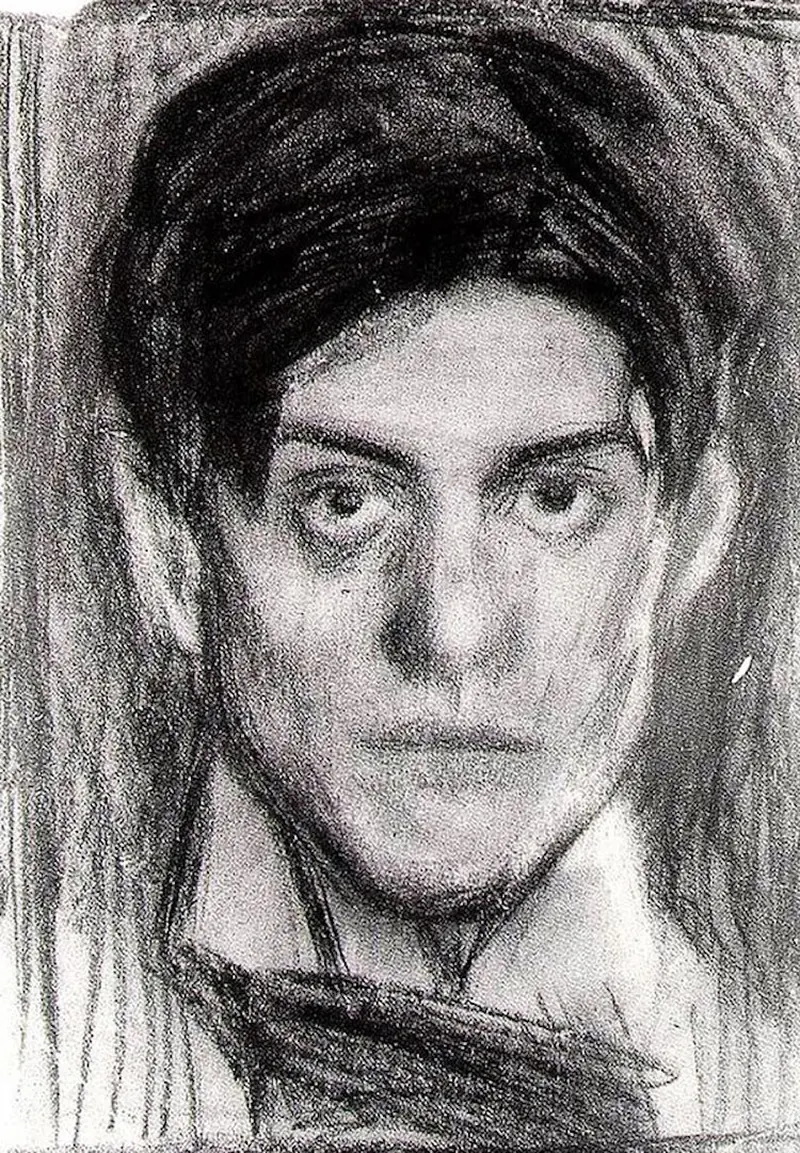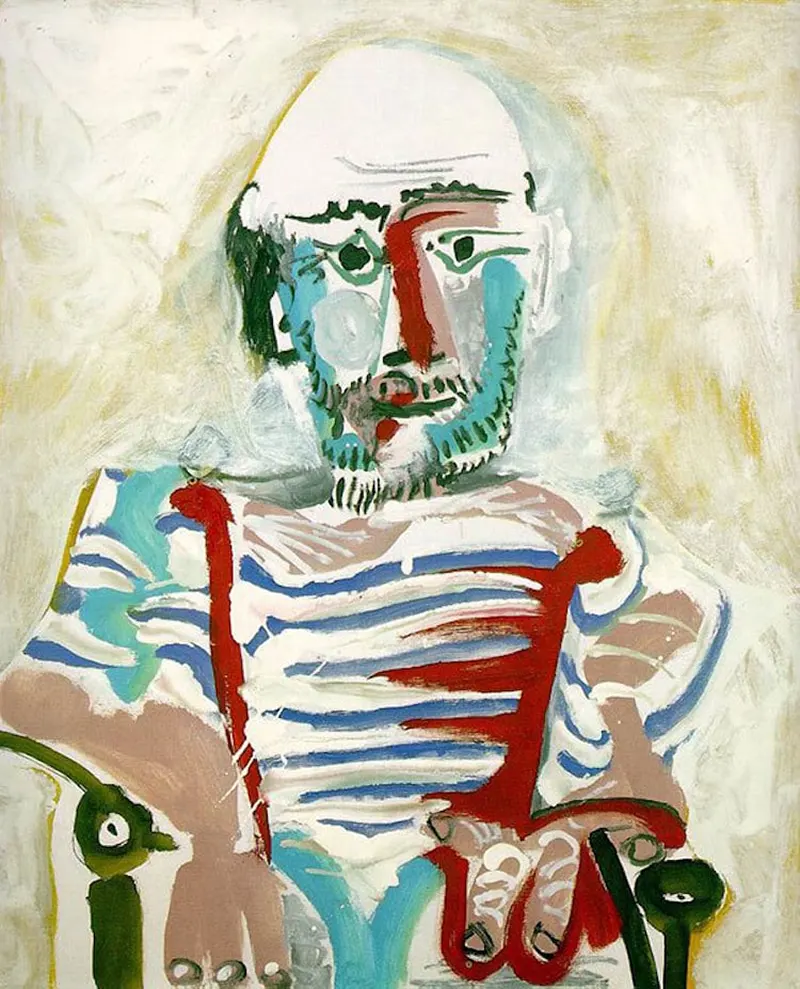Pablo Picasso didn’t see the changing methods as an evolution, but simply as different expressions at that moment in time.
In another comment, he said, “Different themes inevitably require different methods of expression. This does not imply either evolution or progress; it is a matter of following the idea one wants to express and the way in which one wants to express it.”
Picasso’s work is often categorized into periods. While the names of many of his later periods are debated, the most commonly accepted periods in his work are the Blue Period (1901–1904), the Rose Period (1904–1906), the African-influenced Period (1907–1909), Analytic Cubism (1909–1912), and Synthetic Cubism (1912–1919), also referred to as the Crystal period.
Much of Picasso’s work of the late 1910s and early 1920s is in a neoclassical style, and his work in the mid-1920s often has characteristics of Surrealism. His later work often combines elements of his earlier styles.
Picasso’s Blue Period (1901–1904), characterized by sombre paintings rendered in shades of blue and blue-green only occasionally warmed by other colours, began either in Spain in early 1901 or in Paris in the second half of the year.
The Rose Period (1904–1906) is characterised by a lighter tone and style utilising orange and pink colours and featuring many circus people, acrobats and harlequins known in France as saltimbanques. The harlequin, a comedic character usually depicted in checkered patterned clothing, became a personal symbol for Picasso.
Picasso’s African-influenced Period (1907–1909) begins with his painting Les Demoiselles d’Avignon. The three figures on the left were inspired by Iberian sculpture, but he repainted the faces of the two figures on the right after being powerfully impressed by African artefacts he saw in June 1907 in the ethnographic museum at Palais du Trocadéro.
Analytic cubism (1909–1912) is a style of painting Picasso developed with Georges Braque using monochrome brownish and neutral colours. Both artists took apart objects and “analyzed” them in terms of their shapes. Picasso and Braque’s paintings at this time share many similarities.
Synthetic cubism (1912–1919) was a further development of the genre of cubism, in which cut paper fragments – often wallpaper or portions of newspaper pages – were pasted into compositions, marking the first use of collage in fine art.
15 years old (1896)

Self-portrait with Uncombed Hair, Barcelona 1896, Oil on canvas.
18 years old (1900)

20 years old (1901)

Self-portrait with Cloak, Paris, late 1901, Oil on canvas.
25 years old (1907)

35 years old (1917)
 56 years old (1938)
56 years old (1938)

Autoportrait, 1938, Charcoal and pencil on canvas.
83 years old (1965)

85 years old (1966)

89 years old (1971)

90 years old (June 28, 1972)

90 years old (June 30, 1972)

90 years old (July 2, 1972)

90 years old (July 3, 1972)





